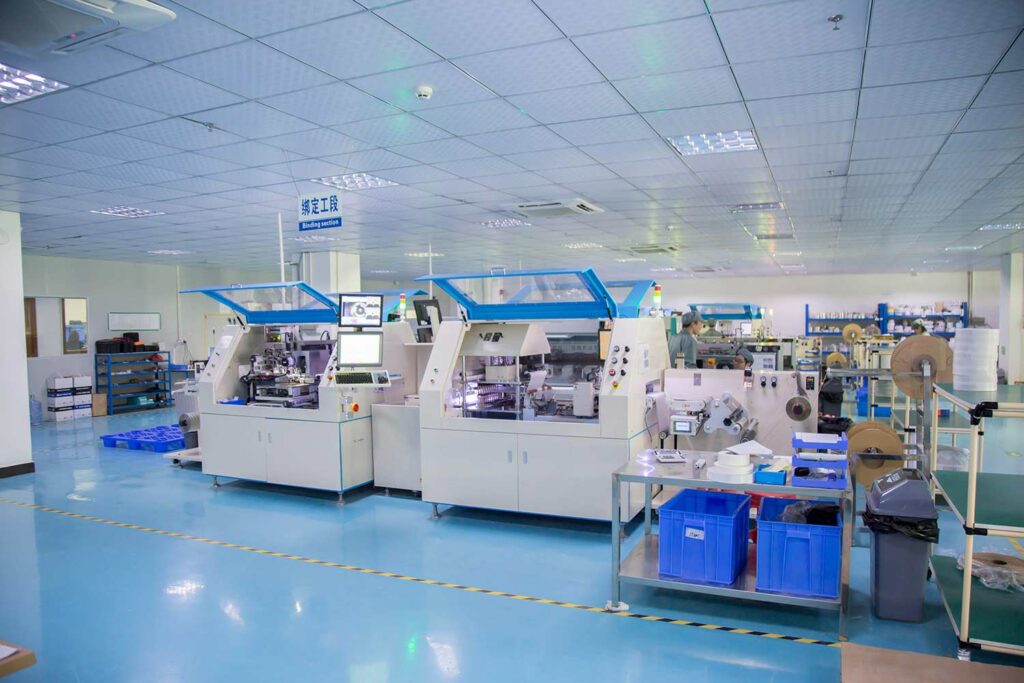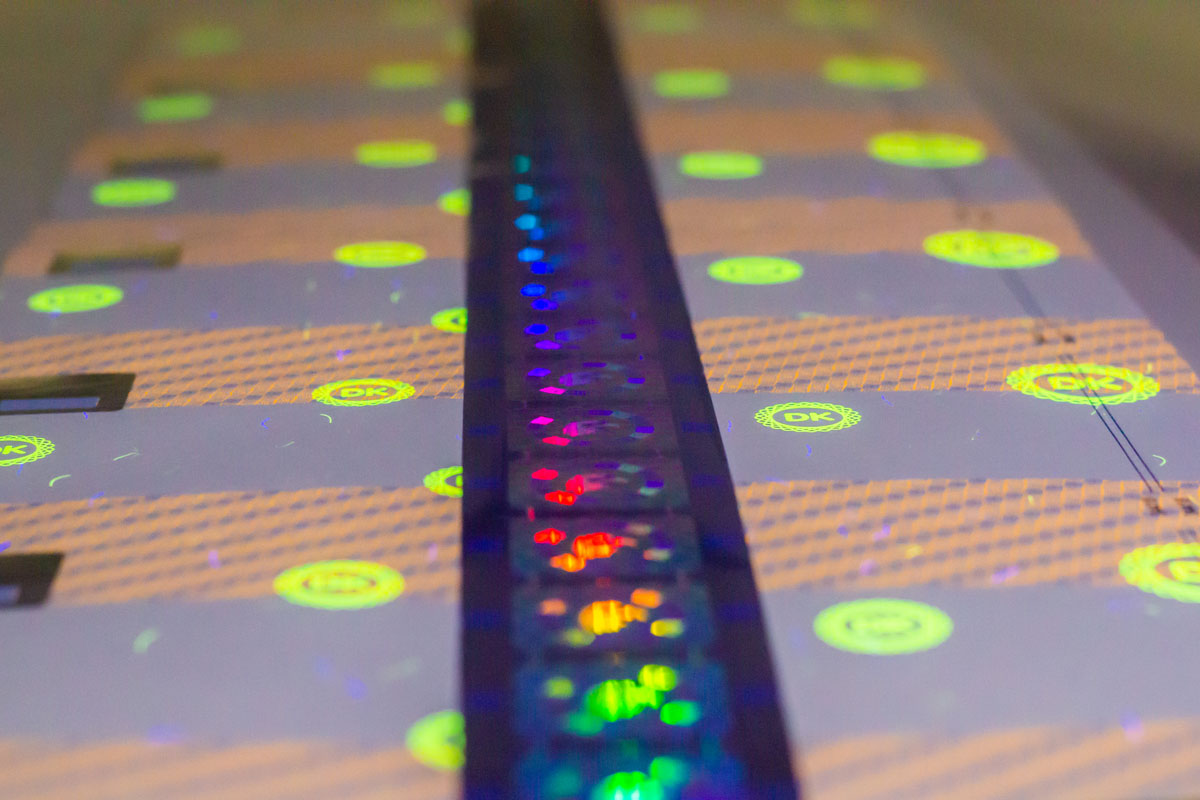In today’s rapidly evolving market, the concept of anti counterfeit packaging for food industry has gained paramount importance. Food safety and authenticity are crucial for consumer trust, and the rise of counterfeit products poses a significant threat to both businesses and consumers. To combat this issue, the food industry is increasingly turning to advanced packaging solutions designed to prevent counterfeiting. This article explores the various aspects of anti counterfeit packaging, highlighting its importance and the technologies involved.

Understanding the Threat of Counterfeiting in the Food Industry
Counterfeiting in the food industry is a growing concern. It not only affects revenue but also poses health risks to consumers. Counterfeit food products can lead to severe health issues, making it imperative for the industry to adopt stringent measures. The implementation of anti counterfeit packaging is a proactive approach to mitigate these risks.
What is Anti Counterfeit Packaging?
Anti counterfeit packaging refers to packaging solutions designed to prevent imitation and ensure product authenticity. These solutions often incorporate advanced technologies to make replication difficult for counterfeiters, thereby protecting the brand and consumer.
Importance of Anti Counterfeit Packaging
The importance of anti counterfeit packaging cannot be overstated. It plays a crucial role in maintaining consumer trust, protecting brand reputation, and ensuring that consumers receive genuine, safe products. The integration of these solutions helps in safeguarding the supply chain from the infiltration of fake goods.
Key Technologies in Anti Counterfeit Packaging
RFID Tags
RFID (Radio Frequency Identification) tags are a popular choice in anti counterfeit packaging. These tags enable real-time tracking of products, ensuring transparency throughout the supply chain. Read more about RFID Tags.
Holographic Labels
Holographic labels are another effective solution. They provide a visually striking method to authenticate products and are difficult to replicate. Learn more about 3D Holographic Labels.
Invisible Printing Features
Overt and covert printing features, such as invisible inks, are used to add an extra layer of security. These features are only visible under specific conditions, making them difficult for counterfeiters to replicate. Discover more about Overt vs Covert Printing.
Benefits of Anti Counterfeit Packaging for Businesses
Protects Brand Integrity
By implementing anti counterfeit packaging, businesses can protect their brand integrity. This packaging ensures that consumers receive only genuine products, safeguarding the brand’s reputation.
Enhances Consumer Trust
Trust is crucial in the food industry. Consumers are more likely to purchase from brands they trust. Anti counterfeit packaging helps in building and maintaining this trust by ensuring product authenticity.
Ensures Compliance with Regulations
Many countries have stringent regulations regarding food safety. Anti counterfeit packaging helps businesses comply with these regulations, avoiding legal issues and potential fines.
Challenges in Implementing Anti Counterfeit Packaging
Cost Implications
One of the primary challenges in implementing anti counterfeit packaging is the cost. Advanced packaging solutions can be expensive, especially for small to medium-sized businesses.
Technological Integration
Integrating advanced technologies into existing production lines can be complex. It requires investment in new machinery and training for staff, which can be a barrier for some businesses.
Future of Anti Counterfeit Packaging in the Food Industry
Advancements in Technology
The future of anti counterfeit packaging is promising, with continuous advancements in technology. Innovations such as blockchain and AI are expected to further enhance the security and efficiency of packaging solutions.
Increased Collaboration
Collaboration across the supply chain is essential for the success of anti counterfeit packaging. Stakeholders, including manufacturers, distributors, and retailers, need to work together to implement effective solutions.
Conclusion
In conclusion, anti counterfeit packaging for food industry is a vital component in ensuring product safety and authenticity. As the threat of counterfeiting continues to rise, businesses must adopt advanced packaging solutions to protect their products and consumers. While there are challenges in implementing these solutions, the benefits far outweigh the costs, making it a worthwhile investment for the future.

FAQs
What are the primary benefits of anti counterfeit packaging?
Anti counterfeit packaging protects brand integrity, enhances consumer trust, and ensures compliance with regulations.
How does RFID technology help in anti counterfeit packaging?
RFID technology allows for real-time tracking of products, ensuring transparency and authenticity throughout the supply chain.
What are the challenges in implementing anti counterfeit packaging?
The primary challenges include cost implications and the complexity of integrating advanced technologies into existing production lines. For more insights, visit Taylor Blog.
This article contains affiliate links. We may earn a commission at no extra cost to you.







